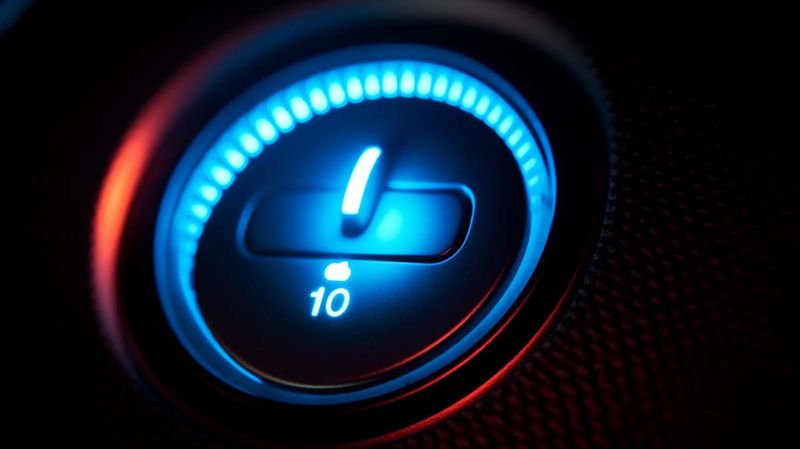Car Aircon Service
Fast Car Aircon Service and Repairs

Say goodbye to the discomfort caused by faulty car aircon. Our team of skilled technicians is dedicated to providing you with hassle-free aircon services; cool comfort is just a call away .
We have 2 Car Aircon Service packages.
-
Cooling Coil Changing Package:
- Replace Cooling Coil
- Vacuum
- Top up and Renew Gas
- Replace Compressor Oil
- Replace Air-Con Filter
- Remove Dashboard
- Diagnostic Check if necessary
-
Aircon Refreshment Package:
- Air-con filter Inspection
- Blower Motor Inspection
- Top up and Renew Gas
- Change Compressor Oil
- Refresh Cooling Coil
- Vacuum
Tap below to start a call with Yellow Bull Service &Repair Team and book a Fast
Aircon Service or Visit our workshop:
Yellow Bull — by BH Auto
Blk 1, Sector C
Sin Ming Industrial Estate
01-111/113/115/117
Singapore 575636
Blk 1, Sector C
Sin Ming Industrial Estate
01-111/113/115/117
Singapore 575636
Book Fast Car aircon servicing — 9101 3232
FAQ
Why is my car aircon not cooling, just
blowing a breeze?
How do I know if my car aircon is low on
refrigerant?
What’s The Best Aircon Gas For Cars?





